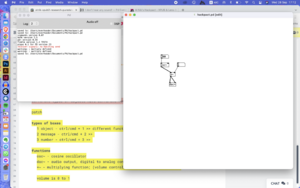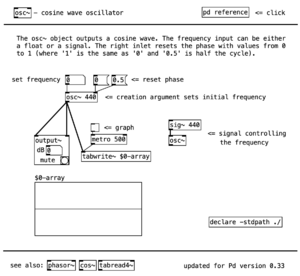Al Nik's Hackpact
_about
it's just a toy! - bruno
here are several research & experiments hackpacts to start with ⟿
_[audiozines]
[format] playing with audiozines as focus on format rather than on a topic.
[wip pad] is here
[process log]
research - i became quite interested in zines as a format and since we're experimenting with audio a lot, the combo looks like a good starting point for me. Started with a small research. (more details in the pad)
timeline
_1970-1980s - audio cassettes
_1997+ - compact discs (becoming more hybrid, + image and video)
_2000s - web based; podzines (ipods; downloadable)
_2010s - becoming podcasts
main characteristics
_small scale content
_analog turned digital through tech development
_notion of limitation - in length, in size, in accessibility
_often come in series
_radical, anarchistic content (now)
_independent publishers (now)
_spoken words
_non-fiction content, but often connected to science fiction pieces (at least for a few decades)
_curated, conceptual content
_DIY culture
why interesting?
_DYI and independent publishing notion
_limitations - in terms of length, accessibility, distribution - small scale contents
_conceptual (curated, but raw)
_connection to analog - audio cassette origins
_connection with print zines - can have it's own printed zine edition as well
_[pure data]
[format] experiment with focus on format (instead of topic). First baby steps in getting to know Pd.
[work] with Mitsa
[wip pad] is here
[process log]
research - for the experiment, i have researched a bit what pure data is and what tutorials we can use to start. As Mitsa and i are interested in creating sounds, music, edit audio with it, i proposed us to try the tutorials created by Australian artist and educator Andrew R. Brown.
He has published a series of 53 video tutorials for getting to use Pure Data for Real-time music and sound.
creating a simple oscillator with pure data - process log
1_ download pure data vanilla - here 2_ create a new patch 3_ create the following boxes: object box with osc~; object box with audio output (digital to analog converter); object for defining the volume - object box with multiplying function and number box to define the volume number; finally, a number box to adjust the osc frequency. 4_ connect them with sound on to hear the osc sound.


